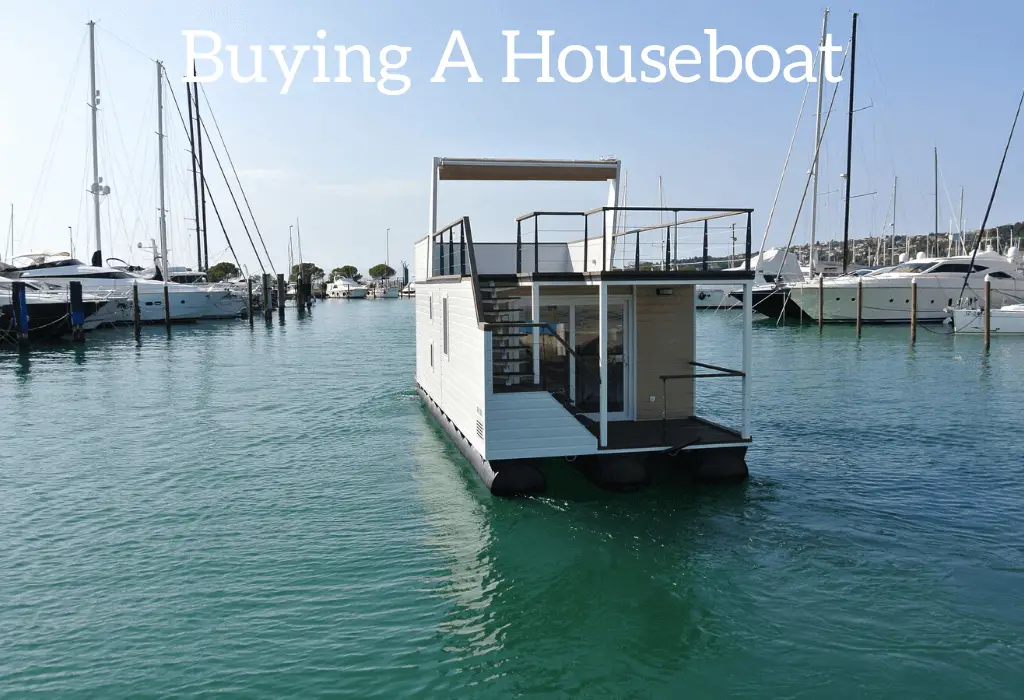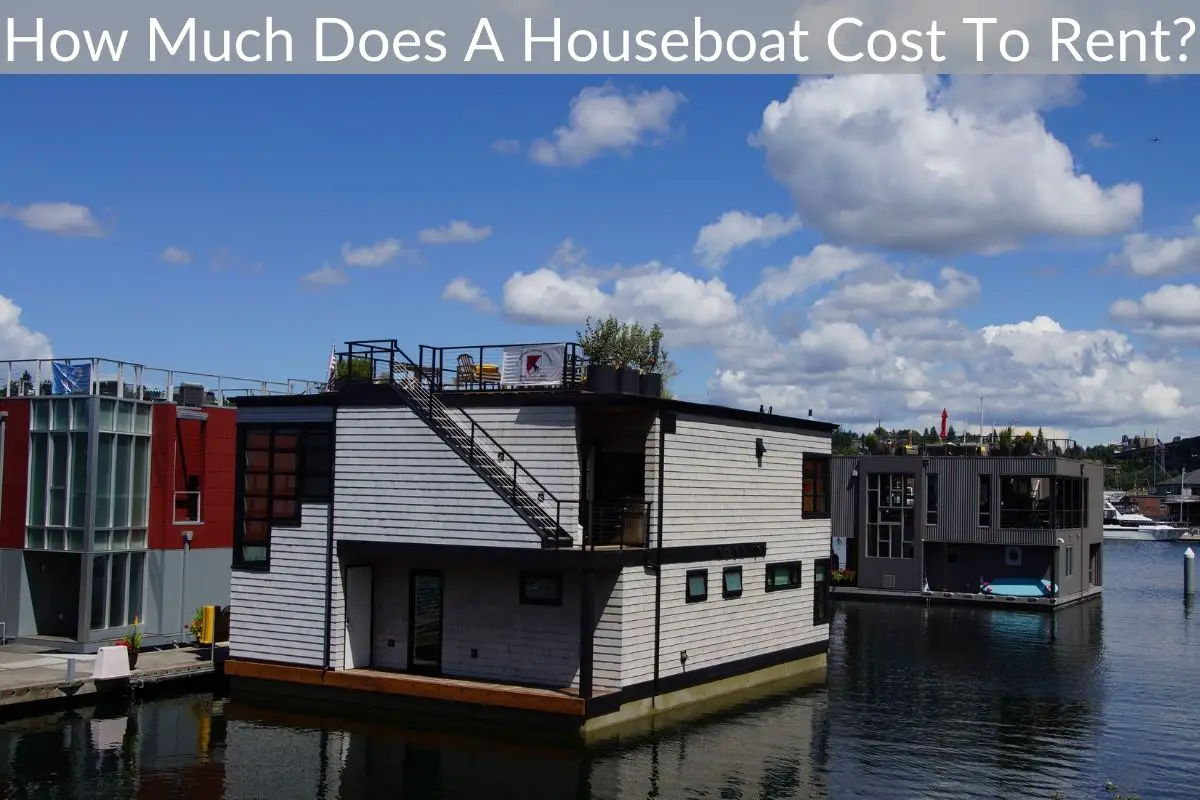Have you ever stepped on your pontoon boat and immediately it started to move? No, I’m not talking about the little shakes that your boat makes once in a while. I’m talking about extreme shakes that make you feel like you will lose your footing.
*This post may contain affiliate links. As an Amazon Associate we earn from qualifying purchases.
Well, chances are if this has happened to you it’s because you don’t have an anchor.
Most pontoon boats will have an anchor of some sort on board but often that anchor will not hold very well in a stiff wind. When you buy a pontoon boat it’s a good idea to upgrade to an anchor that will hold no matter the weather conditions.
The beauty of pontoon boats is that there’s so much extra space which makes it where more people or cargo can fit on the boat.
But pontoon boats can come with more challenges than other boats do as well.
One of the problems you will likely face with this vessel is that it might start to shake or move a lot even when you don’t want it to. More importantly, the situation worsens when there are noticeable current or wind conditions that also start to move the boat.
A good anchor is a necessary accessory for anyone with a pontoon boat so don’t be satisfied with just having an anchor, make sure you have one that will hold the boat steady.
Do I Need An Anchor For My Pontoon Boat?
When you are considering whether you need an anchor (or whether you should upgrade to a better one) it’s important to consider where you will be using the boat at.
If you are using your pontoon boat on a small lake with little to no waves or current then having a small anchor that doesn’t hold very well should be fine.
However if you are using it on a large body of water or often have strong winds in your area then upgrading to a better anchor is a must.
As with any boat an anchor is a must have if you ever plan to leave the dock. Unfortunately trying to decide what is and isn’t a good anchor can be difficult for beginners.
You will want to contact an expert (or experienced boater) that is in your local area and see what they recommend for the body of water you will be using your pontoon boat on.
They make a variety of different anchors for different types of soil (rocky, sandy, clay, etc) so asking an expert will help you decide which you should get for the water you will be on.
As I said earlier, anchoring is a crucial part of your pontoon boat. You will want to be sure that you’ve invested in a quality anchor that won’t yield to corrosion and will also hold your boat well.
The proper anchor will help steady your vessel’s position so that even harsh weather, fast current, or strong winds won’t allow it to move much.
More importantly, your vessel shouldn’t move back and forth or tilt when anchored properly.
Once you have purchased the right anchor the only possible issue that you will face is if you don’t know how to set the anchor properly. Take time to learn how to set it properly, or you might end up exposing yourself to the dangers of accidents that might occur.
Where To Tie An Anchor On A Pontoon Boat
If you’ve never owned a pontoon boat before and this is your first experience even using one, then you will certainly want to know where to place the anchor to properly position it.
As you’ve likely already figured out by now, there are proper ways to anchor your boat, and it’s not as simple as just throwing your anchor over the side of the boat.
In fact, that’s probably the worst way to anchor your boat.
That’s because you are leaving everything to chance.
So, where is the best position to anchor on your newly acquired pontoon boat?
The best way to anchor your pontoon boat is to position your boat so that it faces the wind or current direction, depending on which is stronger. That is where you will want to point your boat’s nose towards.
To ensure this works seamlessly, you will need to place the anchor chain in line so it drags through the sand, silt, or mud and stays in one position.
How To Correctly Anchor Your Pontoon Boat
The next step is to figure out how deep the water is where you are wanting to anchor at. You can use a depth finder for this specific purpose.
To effectively anchor your boat, the anchor chain/rope length must be over five times the depth. Once your anchor is secured to the cleat and the hull is facing the strong current or wind, you can then stop your pontoon.
That means ensuring the engine is idling then you can slowly drop the anchor into the water.
Because of the wind or current, your boat will start to drift backward. With this motion, your anchor will move through the water at an angled potion, giving the teeth a chance to hold on better to the bed.
Afterward, place the engine in reverse, and the boat will slowly back up. At this point, release the anchor line more and more as the boat backs up.
You will start to feel tension on the rope/chain, and the anchor line will tighten up once you are in a perfect position.
And there you have it!
Anchoring a pontoon boat is all about technique and having the right equipment. A pontoon boat doesn’t have the same challenges that the large boats do, especially when it comes to anchoring since there is minimal contact with the water.
That essentially translates to easier maneuverability when anchoring and fewer effects from the current during this process. On top of that, even though your hull may be exposed to winds, it’s less likely to be pulled away from the anchorage.
Meaning, once you’ve mastered the art of anchoring your pontoon, it should be safe from drifting away.
Where To Store An Anchor On A Pontoon Boat
You don’t have to store your anchor in a specific storage unit necessarily, but it does help to do so.
Why?
Well, proper storage of the anchor is a crucial step as when you’ve stored your anchor improperly, the teeth of the anchor will likely scratch the paint of the boat when you are in motion hence ruining it.
Aside from that, sometimes, you could lose the anchor.
Thankfully, anchors come with bags that you can use to store them. Additionally, you can also customize an old storage bag to keep your anchor in.
Without a doubt, this item should be stored correctly at all times.
Before You Go…
The importance of an anchor to any boat, especially a pontoon boat, shouldn’t be underestimated. This item could essentially prevent your hull from tilting when you want to board it.
Yes, you heard that right!
Tilting or moving back and forth are typical motions for your boat, but, like I pointed out earlier, these movements could be dangerous without an anchor.
On top of that, you should, by all means, try to avoid the temptation of anchoring your boat from the rear. That’s because if you make one mistake, your hull could be pulled under the water.
More often than not, pontoon boats have sunk to the bottom of the river or lake just because the owner anchored the hull from the rear.
More importantly, don’t ever forget to tie your anchor to the cleat. Otherwise, all this knowledge would have amounted to nothing.









